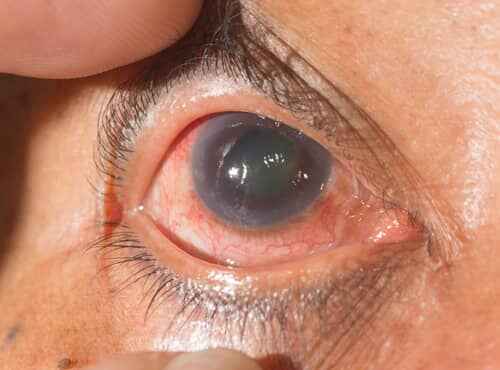
The condition of glaucoma can basically be understood as the damage of the optic nerve, which transmits visual information to the brain for interpretation. It is a gradual process that results in end-stage vision loss or total blindness. It is mainly linked to the extra pressure on the eyes due to the fluid buildup, generally caused by poor eye drainage.
It is majorly observed in people of age above 60 but the risk of developing it even in individuals of all ages can’t be annulled. Ayurveda provides a unique approach to the management of this condition by using nature-based solutions, effective in managing the condition without any such side effects. Let’s explore below the common causes, symptoms, diagnosing techniques, and ayurvedic treatment for glaucoma.


